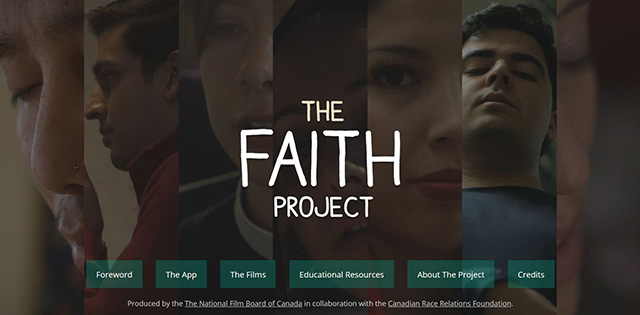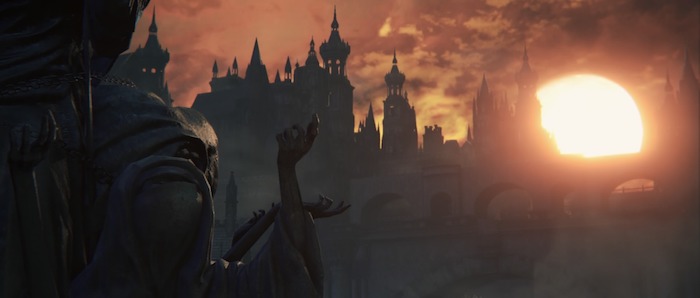How author Cormac McCarthy creates vulnerable characters that engage our emotions in his Pulitzer Prize–winning novel The Road. Also, how the literary theories of Greek philosopher Aristotle still apply today, and what the modern anti-hero gets right and wrong. Watch the video above and read the transcript on Medium.
How “Cloud Atlas” hooks readers: Delivering the Unexpected
How author David Mitchell uses unexpected structure and unexpected language to hook readers in his novel Cloud Atlas. Plus, how the psychological concept of flow applies to great writing. Watch the video above and read the transcript (with extras) on Medium.
Learning from “Coraline” by Neil Gaiman: Building a world
Great writers build spaces for compelling stories and settings that capture our imagination. Here’s how author Neil Gaiman hooks readers using exploration and discovery of a setting in Chapter 1 of his novel Coraline. Watch the video above and read the transcript on Medium.
How Susanna Clarke starts “Jonathan Strange & Mr Norrell”: Big questions
How author Susanna Clarke asks the right questions to hook readers and drive the story in the opening chapter of her fantasy novel Jonathan Strange & Mr Norrell. Also, how the philosophy of Romanticism comes alive in the story and setting, and what writers can learn from kids cartoons. Watch the video above and read the transcript on Medium.
How Yann Martel starts “Life of Pi”: The power of first-person storytelling
In Life of Pi, Yann Martel searches for the “spark that brings to life a real story.” Life of Pi itself uses first-person storytelling to light that spark. Let’s see how Yann Martel uses the power of first person in the opening chapters to hook the reader, and why the novel starts before the first page. Watch the video above and read the transcript on Medium.
How J. K. Rowling starts “The Philosopher’s Stone”: Voice vs Exposition
How J. K. Rowling’s first three chapters of Harry Potter and the Philosopher’s Stone hooked her readers, agents, and editors, using voice, mystery, and nostalgia. Watch the video above and read the transcript on Medium.
Teaching religious diversity using “The Faith Project”
 In a spectacular TED talk, explorer Wade Davis reflected on the world’s cultures saying, “These myriad voices of humanity are not failed attempts at being modern. They’re unique facets of the human imagination. They’re unique answers to a fundamental question: What does it mean to be human and alive?” We’ve captured just a few of those myriad voices and unique answers in The Faith Project, an interactive documentary exploring the religious diversity of Canada.
In a spectacular TED talk, explorer Wade Davis reflected on the world’s cultures saying, “These myriad voices of humanity are not failed attempts at being modern. They’re unique facets of the human imagination. They’re unique answers to a fundamental question: What does it mean to be human and alive?” We’ve captured just a few of those myriad voices and unique answers in The Faith Project, an interactive documentary exploring the religious diversity of Canada.
The Beckoning Bell: Resilience and hope in video games and life

After I walk across the stone bridge, there’s a small cobblestoned plaza that forks into winding streets. I turn left, walking in the cramped alleys between old buildings. There are stairs, and an archway, and beyond, the buildings open up to a cemetery. It’s the only way to the old church, where they say there’s a cure for my illness.
Close Your Eyes: a short story

A shooting star streaked through the clear mustard sky and burst apart, bombarding the plateau and the colony below with shrapnel. After a fragment with a bullet’s velocity shattered a dish on the colony’s communications tower, Arjun decided to climb the tower himself to repair the dish rather than pull construction drones away from their scheduled work.
Read moreHow to lose a mountain: the peaks and pitfalls of exploration, near and far

It was called the Plain of Six Glaciers, which sounded like something in a Tolkien novel, what with his Battle of the Five Armies, or the Cracks of Doom, or, like, the entire Silmarillion. I stared up into the mountains at the supposed location of the mythical plain. The distant plateau was hidden by peaks and the sunlight shone from behind them.